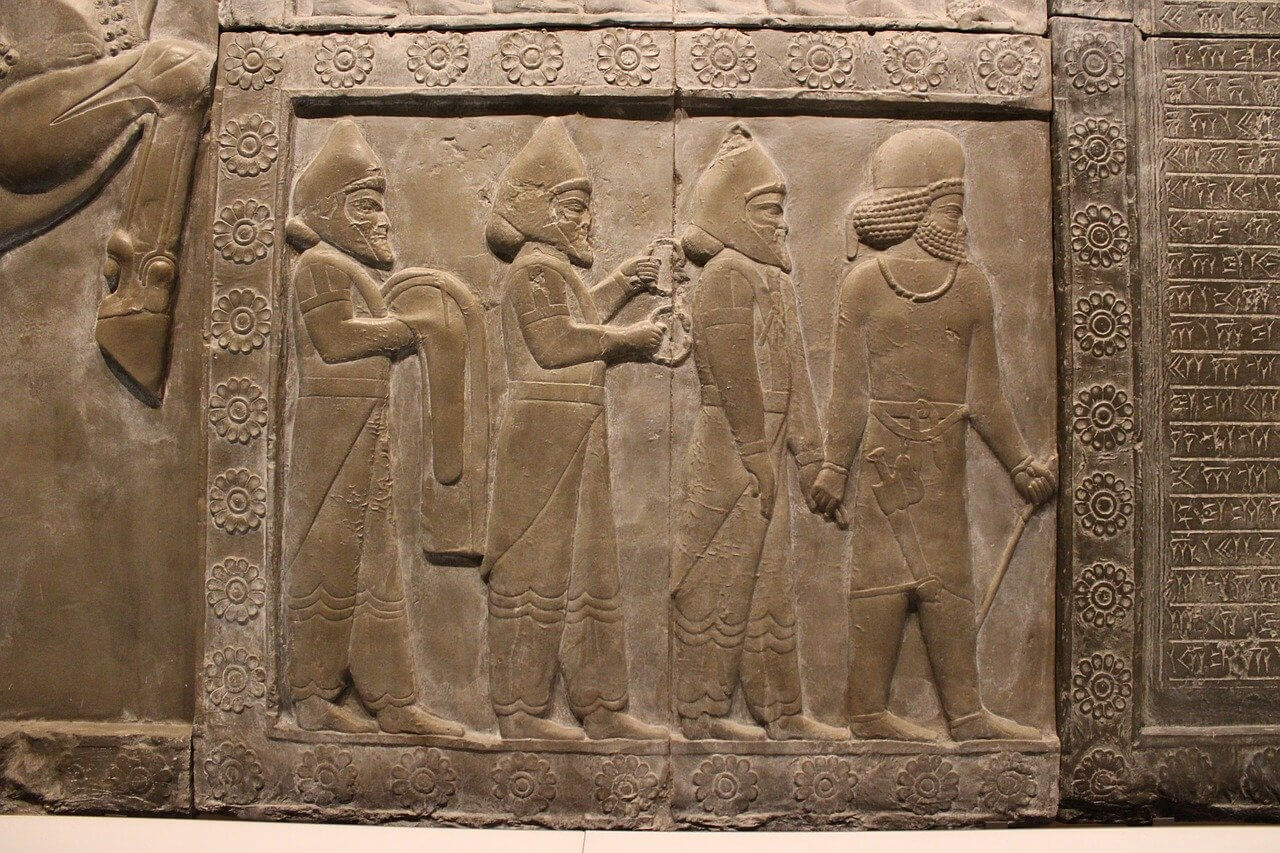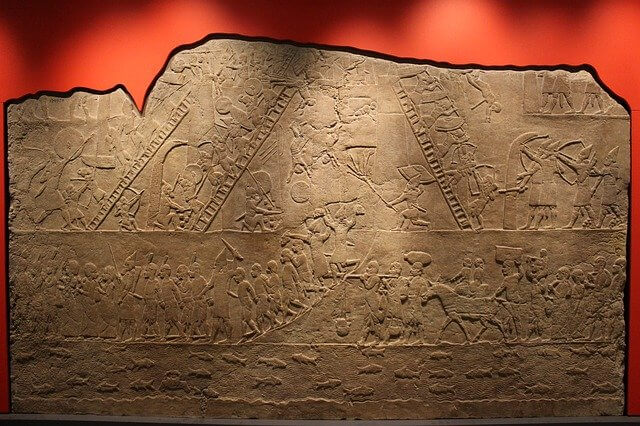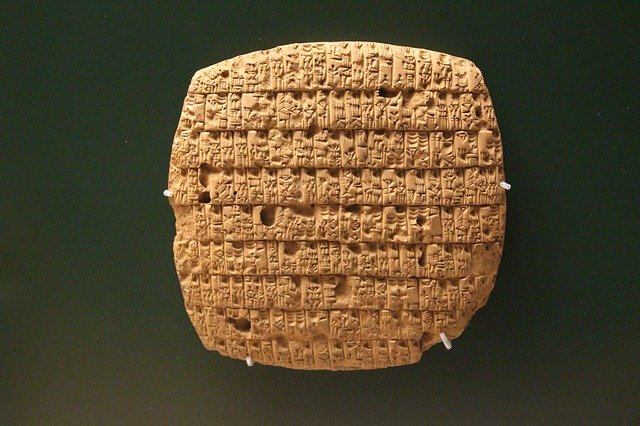Where was Sumer located? The history of Sumer civilization, how Sumer settled, the kings and the historical events.
Sumer; the homeland of the world’s earliest known civilization, -was roughly the same territory as modem southern Iraq from around Baghdad to the Persian Gulf. It consisted largely of a bleak, windswept, but potentially fertile plain formed over thousands of years by silt deposits from the Tigris and Euphrates rivers. Its climate was hot and dry, but with the help of irrigation the people of Sumer made the land so productive that modern scholars tend to identify it with the Biblical Garden of Eden.
HISTORY
Sumer was first settled about 4500 b. c. by the Ubaidians, a people whose stone farming implements and clay artifacts were first uncovered in the ruins of al-Ubaid and later in the lowest levels of other archaeological sites in southern Iraq. The Ubaidians founded villages that later became important Sumerian urban centers. In the course of the next 1,000 years these settlements were infiltrated by Semitic nomads from the Arabian and Syrian deserts. From this cross-fertilization of peoples evolved a relatively high culture in which the Semitic element was predominant.

Source : pixabay.com
The Sumerians, whose original home may have been in the region of the Caspian Sea, probably did not reach Sumer before 3300 b. c. Their arrival and subsequent ethnic and cultural fusion with the existing population led to the creation of man’s first high civilization, now commonly known as Sumerian primarily because Sumerian was the prevailing language of the land.
City-States:
The first notable ruler of Sumer was Etana, a king of Kish in northern Sumer who lived about 2800 b. c. The Kish dynasty succeeded to some extent in unifying the rival city-states that had developed in Sumer.
Not long after Etana, however, a king named Meskiagsher founded at Erech (Biblical Uruk; modern Warka) a dynasty whose martial exploits ushered in a “heroic age.” From this city in southern Sumer, Meskiagsher is said to have extended his rule to the Zagros Mountains (on the eastern border of modern Iraq) and the Mediterranean Sea. His son Enmerkar and the latter’s successor, Lugalbanda, were noted for the conquest of Aratta, a city-state in Iran that was renowned for its wealth of metal and stone, resources lacking in Sumer.
Following Lugalbanda’s reign, Erech’s power was seriously threatened by the last two rulers of Kish, Enmebaraggesi and Agga, who were not only military figures of note but outstanding religious leaders as well. At Nippur, in central Sumer, they founded the Ekur, or temple of Enlil, Sumer’s leading deity. Thus they helped make Nippur the religious and cultural center of the land.

Source : pixabay.com
Meanwhile, a third power, Ur (Biblical Ur of the Chaldees) had arisen in the south under its ruler, Mesannepadda. The royal tombs of Ur may date from the time of the dynasty he founded. Shortly after his death Erech again became the leading city-state of Sumer, this time under the rule of Gilgamesh, the supreme hero of Sumerian story and legend. See also Gilgamesh Epic.
As a result of the destructive struggle of Kish, Erech, and Ur for control of Nippur and hegemony over all Sumer, the land was subjugated by the Elamites to the east. But around 2500, it was restored to its former power by Lugalannemundu of Adab, in central Sumer. He is said to have controlled an empire extending over much of the ancient world. Not long after him came Mesilim of Kish, a ruler noted for his building activities and for settling a bitter territorial dispute between two rival southern city-states, Lagash (Telloh) and Umma. This was history’s first recorded case of peaceful political arbitration.
In time, Eannatum of Lagash extended his sway over all of Sumer, but the power he established did not last more than a generation after his death. Urukagina, the last king of the Lagash dynasty, was a notable political reformer, and in one of his inscriptions the word “freedom” appears for the first time in written history. He curtailed the oppressive practices of a greedy bureaucracy, reduced taxes, and put an end to gross injustice and exploitation. But Urukagina was overthrown by Lugalzaggesi, the ambitious ruler of Umma, who burned much of Lagash.
Akkadian Dynasty:
About 2350 a Semitic leader named Sargon toppled Lugalzaggesi from power and went on to conquer all of Sumer. He established a powerful Semitic dynasty that lasted over 100 years and made its influence felt as far as India and Ethiopia. Sargon founded in northern Sumer a new capital named Agade (Biblical Akkad), which for a brief period became the wealthiest and most powerful city in the ancient world. After Sargon’s death, two of his sons were successful rulers. But during the reign of his grandson Naramsin, the Gutians, a semibarbaric people from the Zagros Mountains, invaded Sumer and left it desolate.
It took the Sumerians generations to recover. From about 2150, Lagash was again prominent, especially under its pious governor Gudea, whose features are well known from numerous statues of him excavated in Lagash. Gudea figures prominently in the history of literature. A long hymn celebrating his restoration of the Eninnu, or main temple of Lagash, is a literary masterpiece.
Neo-Sumerian Period:
Sumer was finally delivered from the Gutians by Utuhegal of Erech. About 2100 one of his generals, the ambitious Ur-Nammu, made himself master of Ur. After defeating Lagash, Ur-Nammu made Ur once again the capital of Sumer. Parts of his law code, the first in history, have been identified and translated.

Source : pixabay.com
Ur-Nammu’s son Shulgi was one of the great monarchs of the ancient world—a rare combination of soldier, statesman, and patron of learning and letters. Throughout his reign Sumer prospered and dominated the neighboring lands. But after his death, hordes of Semitic nomads—the Amorites of the Bible—streamed in from the west. About 2000 b. c. the Elamites, Sumer’s perennial enemies on its eastern flank, attacked and destroyed Ur and ravaged much of Sumer.
In the following two centuries there was a constant power struggle involving several Sumerian city-states, which were now largely Semitized. Finally, about 1760, the Amorite king Hammurabi succeeded in unifying the land, with Babylon in the north as its capital. With the reign of Hammurabi the history of Sumer comes under the history of Babylonia.